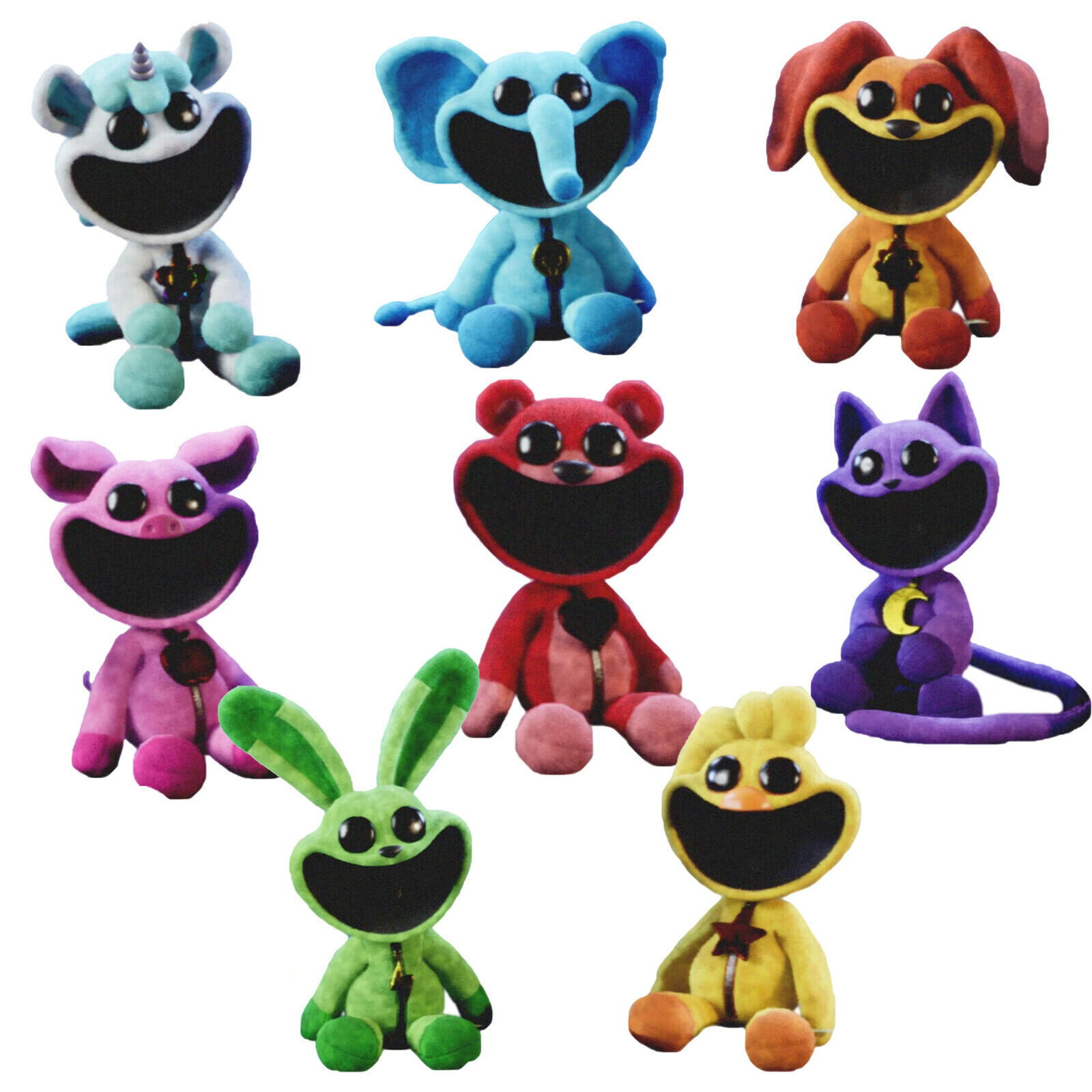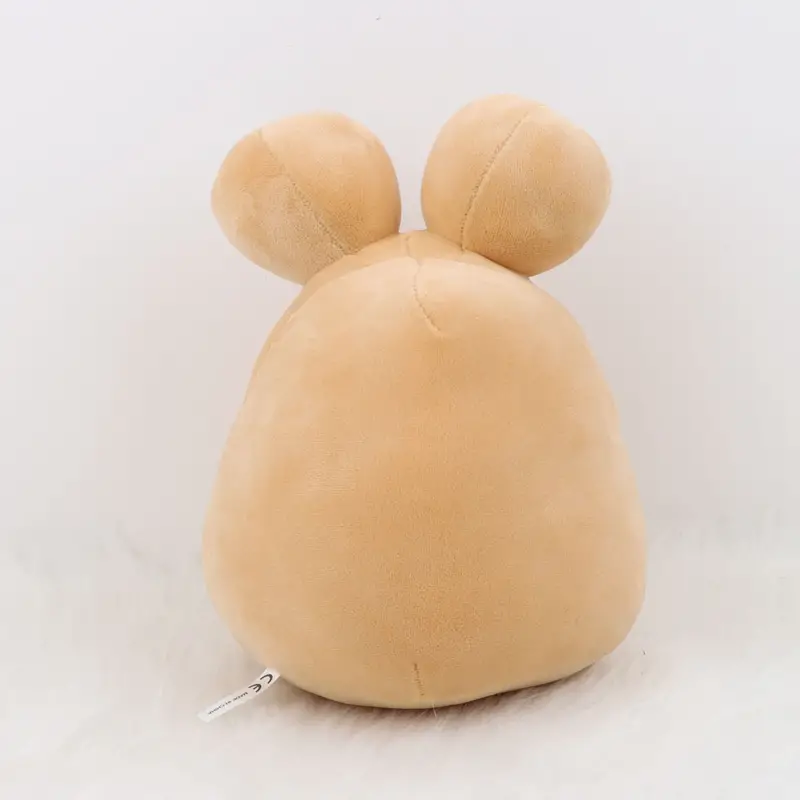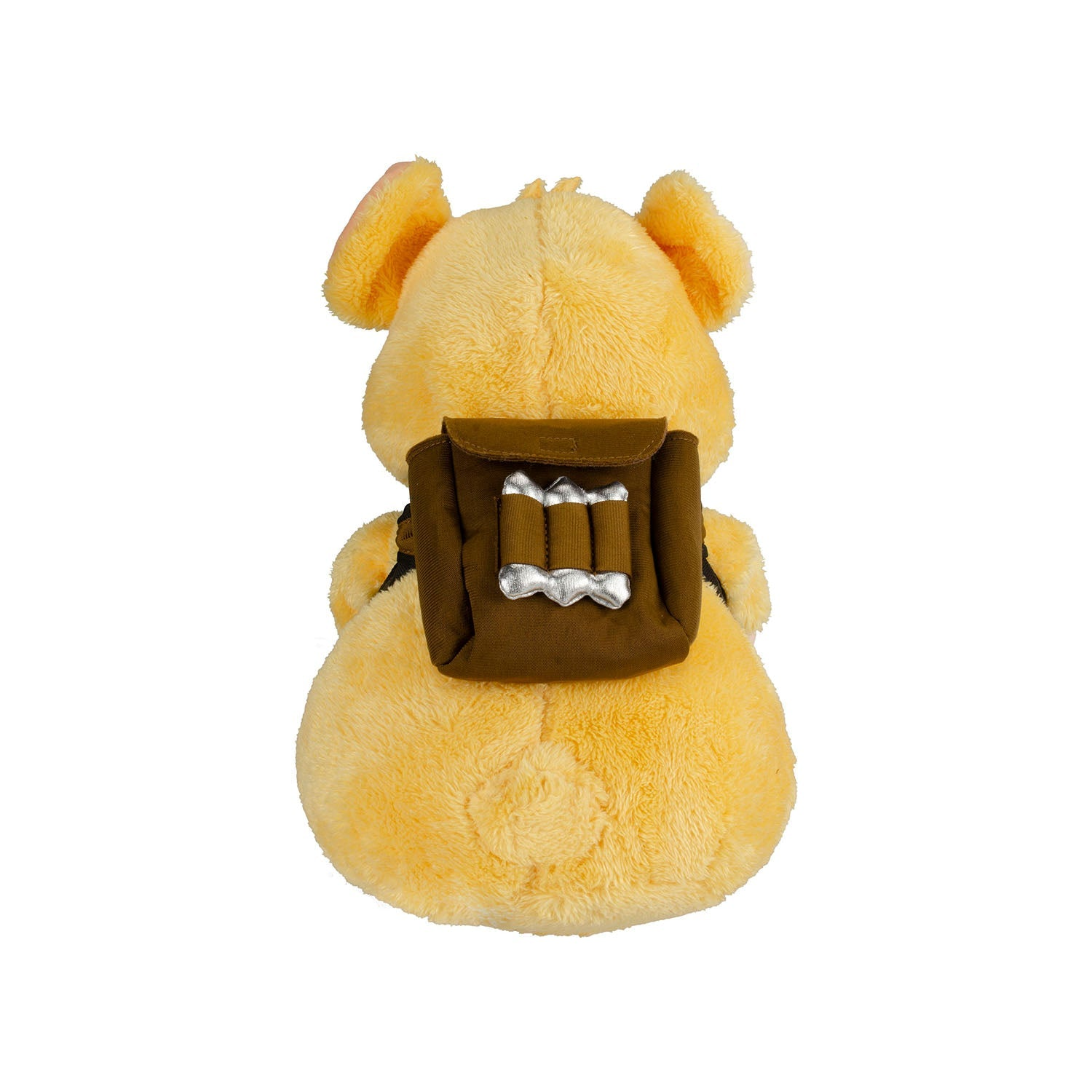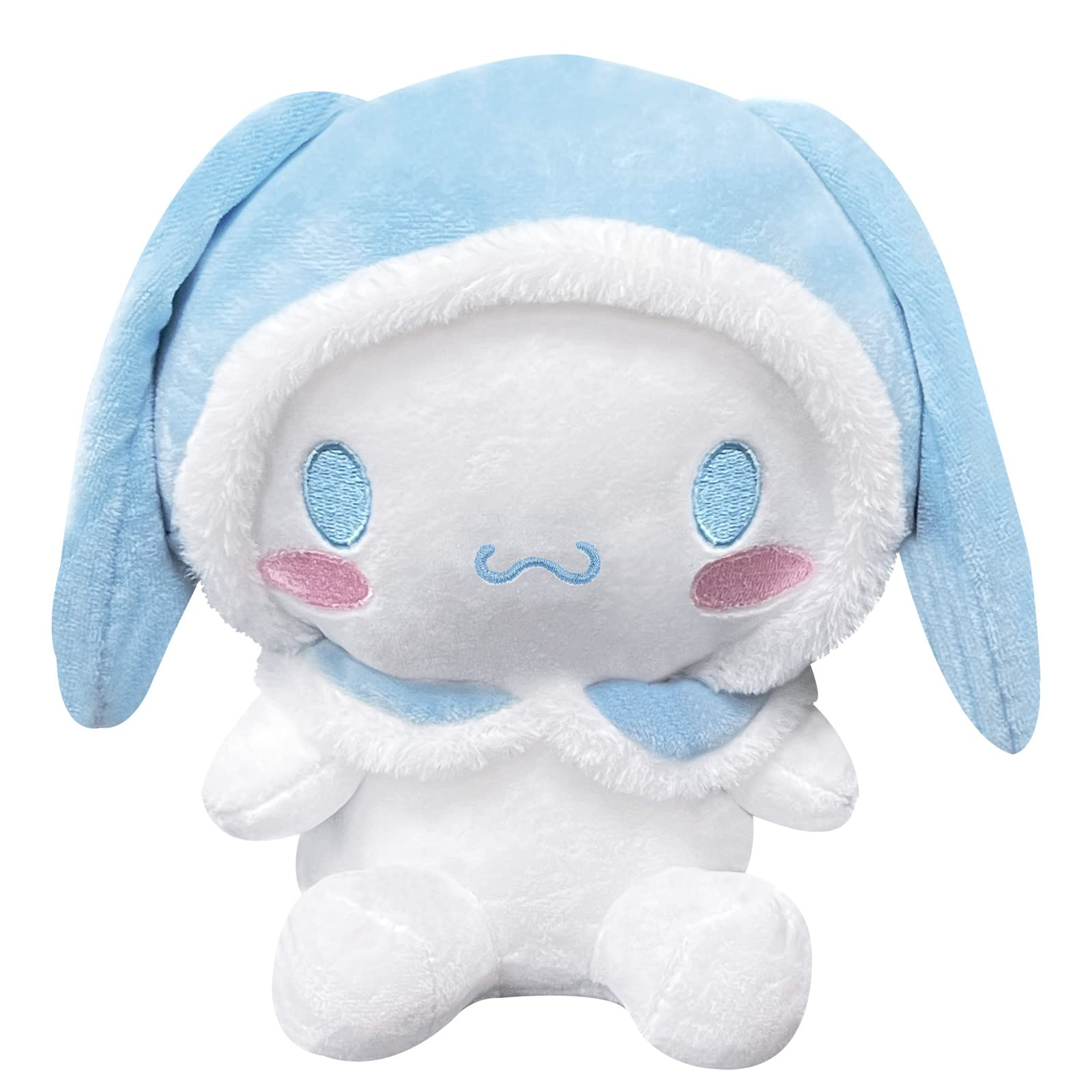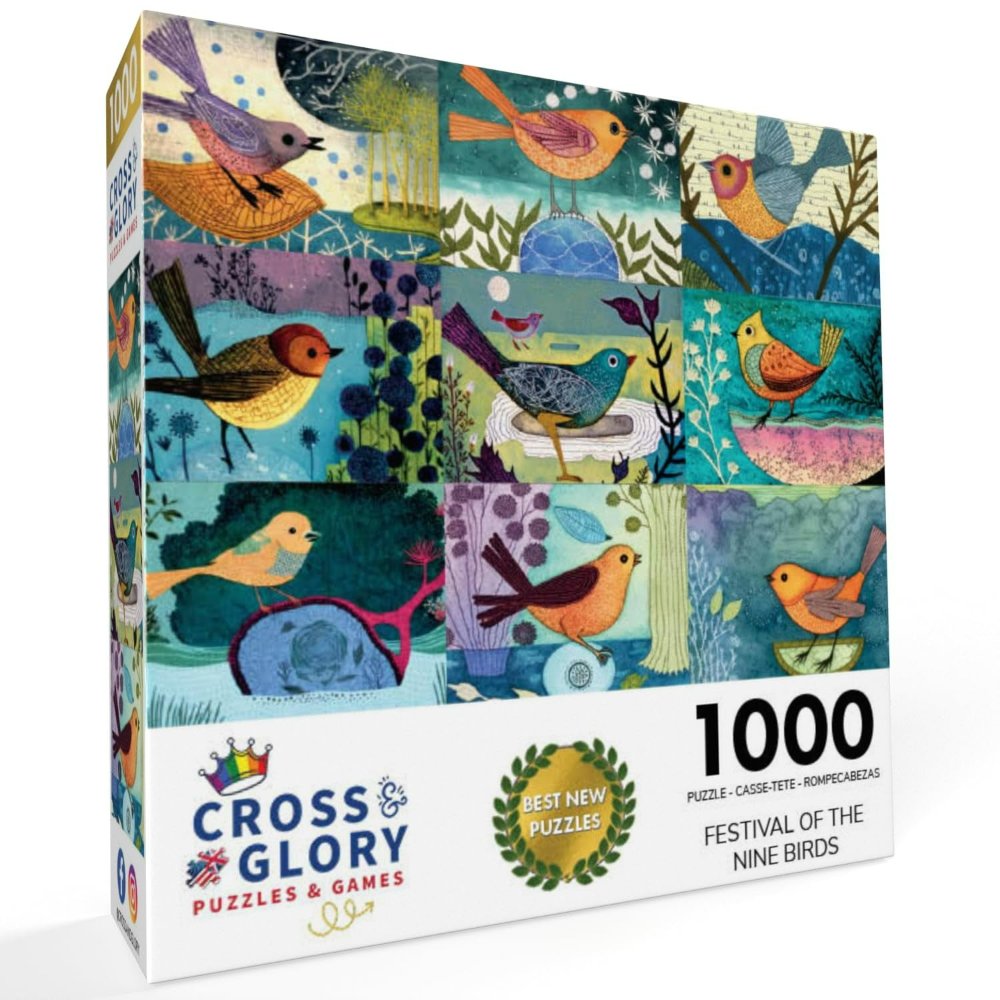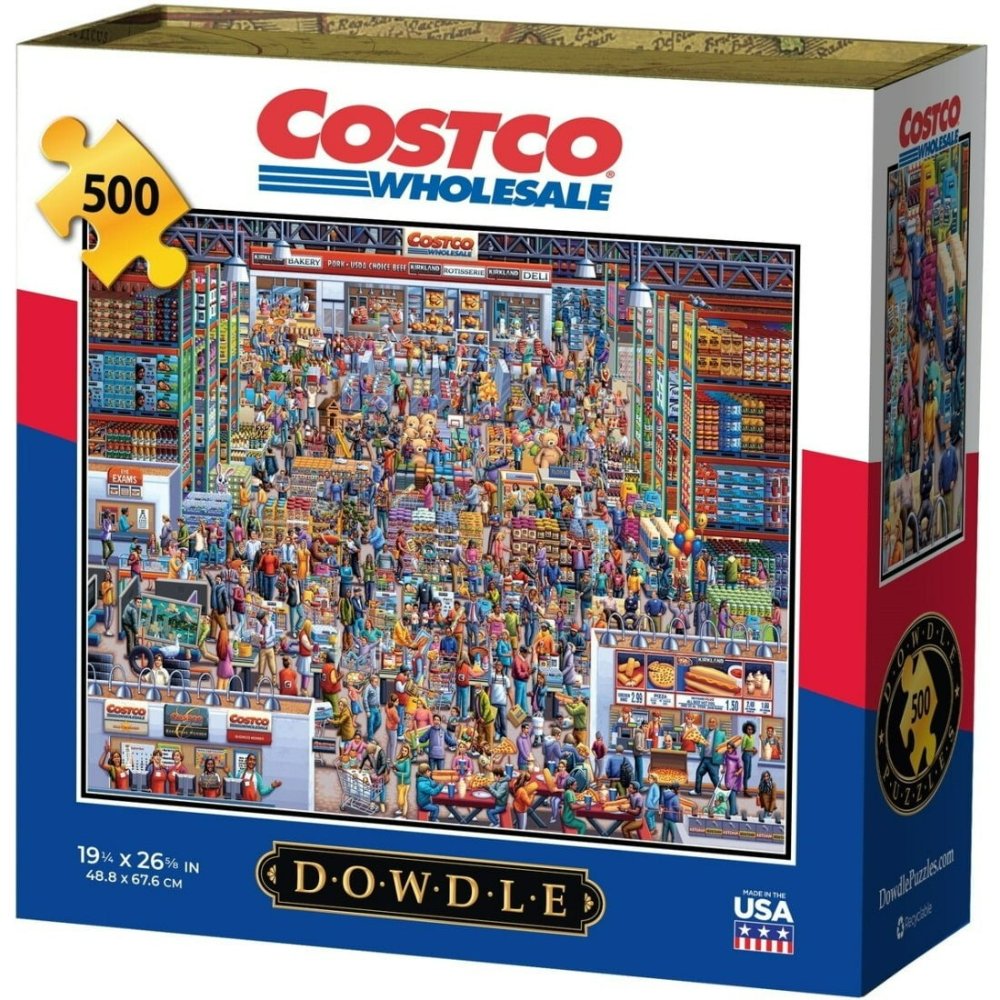Plush toys, those soft, huggable companions that have been warming hearts and sparking imaginations for generations, hold a special place in our lives. From the earliest days of childhood to the cozy corners of adulthood, these cuddly creations continue to bring joy, comfort, and a touch of whimsy to everyday moments. In this article, we delve into the enchanting realm of plush toys, exploring their history, psychological impact, design evolution, and the unbreakable bond they forge with us.
The Timeless Charm: A Brief History of Plush Toys
The origin story of plush toys is intertwined with the evolution of stuffed animals. While the concept of stuffing fabric to create representations of animals dates back centuries, it wasn’t until the late 19th century that the first recognizable plush toys emerged. The advent of synthetic materials, especially soft velvety plush fabric, revolutionized the industry. Morris Michtom, inspired by a cartoon strip featuring a teddy bear, created the first commercial teddy bear in 1902, marking the beginning of a global obsession with plush toys.
More Than Just Stuffed Animals: Psychological Benefits
Beyond their adorable exteriors, plush toys offer profound psychological benefits. They serve as transitional objects for young children, aiding in the development of emotional regulation and independence. These soft friends provide a sense of security and familiarity, helping kids cope with separation anxiety and unfamiliar situations. In adulthood, plush toys can evoke nostalgia, reducing stress and offering comfort during difficult times. Their tactile nature stimulates the release of oxytocin, a hormone associated with bonding and relaxation, further solidifying their therapeutic value.
Design Evolution: From Traditional to High-Tech
The design of plush toys has evolved dramatically over time, reflecting changing cultural trends and technological advancements. Early designs were often simple, focusing on capturing the essence of an animal or character. Today, however, plush toys come in all shapes and sizes, from hyper-realistic wildlife replicas to quirky, imaginative creatures straight out of fantasy worlds. Innovations like voice chips, interactive sensors, and even augmented reality integration have transformed them into dynamic playmates, enhancing the play experience and fostering creativity.
Collectors’ Delight: The Rise of Plush Toy Collecting
Plush toys have also gained popularity among collectors, transcending their status as mere playthings. Limited edition releases, collaborations with renowned artists, and the nostalgic appeal of vintage pieces have fueled this niche hobby. Collectors meticulously curate their collections, often seeking out rare finds or completing themed sets. Online communities and conventions dedicated to plush toy collecting facilitate the exchange of knowledge, trade, and the celebration of these beloved items.
Environmental Awareness: Sustainable and Ethically-Made Plush Toys
The plush toy industry, like many others, faces increasing scrutiny over its environmental footprint and ethical manufacturing practices. As consumers grow more conscious of the impact their purchases have on the planet and its inhabitants, the demand for sustainable and ethically-made plush toys has surged. This shift reflects a broader global movement towards responsible consumption, pushing manufacturers to innovate and adopt eco-friendly materials and production methods.
Sustainable Materials: Nature’s Embrace
One of the most significant changes in the industry involves the use of sustainable materials. Traditional plush toys are often made from synthetic fabrics, such as polyester, which is derived from fossil fuels. To reduce reliance on these non-renewable resources, companies are turning to natural alternatives. Organic cotton, for instance, offers a biodegradable and pesticide-free solution for the outer shell, while bamboo fiber provides a silky-soft texture with rapid regrowth properties, minimizing environmental impact. Recycled plastics, transformed into soft yet durable fibers, are another popular choice, giving waste materials a new lease on life.
Ethical Manufacturing: Fair Play for All
Equally important is the emphasis on ethical manufacturing. Consumers want assurance that the toys they purchase are made under fair labor conditions, without exploitation. This includes ensuring workers receive living wages, have safe working environments, and operate within reasonable working hours. Many brands are now adopting transparent supply chains, allowing buyers to trace the journey of their plush toys from raw material sourcing to final product. Certifications from organizations like Fair Trade and Global Organic Textile Standard (GOTS) provide third-party validation of these ethical practices.
Reduced Carbon Footprint: From Production to Packaging
Sustainability efforts extend beyond the materials and into every aspect of production. Energy-efficient manufacturing processes, renewable energy usage in factories, and minimized waste generation contribute to a reduced carbon footprint. Packaging is also undergoing a green transformation, with biodegradable or recyclable materials replacing single-use plastics. Minimalist packaging designs not only decrease waste but also align with consumer preferences for less clutter and more eco-conscious choices.
Innovative Recycling Programs: Closing the Loop
To further enhance sustainability, some manufacturers are implementing recycling programs. These initiatives encourage consumers to return their well-loved plush toys at the end of their lifecycle, facilitating material recovery and reuse. Through innovative recycling technologies, old plush toys can be transformed into new products, creating a circular economy where waste becomes a resource.
Educating Consumers: Raising Awareness
Raising awareness among consumers about the importance of sustainability and ethical manufacturing is crucial. Brands are taking on the responsibility of educating their audience through informative labeling, storytelling, and marketing campaigns that highlight their eco-friendly and fair-trade practices. This not only fosters loyalty among environmentally conscious consumers but also contributes to a broader cultural shift towards responsible consumption.
Plush Therapy: Therapeutic Uses Beyond Childhood
Beyond their traditional roles, plush toys are finding new applications in therapy settings. They’re used as tools in play therapy to help children express emotions and navigate challenging experiences. In hospice care, they offer comfort to patients, providing a calming presence. Even in mental health treatment, stuffed animals can serve as soothing companions during anxiety-provoking sessions, illustrating the universal healing power of a simple hug.
Conclusion: Plush Toys—Timeless Companions Across Generations
From their humble beginnings to their current status as versatile sources of comfort, entertainment, and even therapy, plush toys have woven themselves into the fabric of our lives. They are more than just inanimate objects; they are symbols of love, creativity, and the enduring human need for connection. As technology advances and societal values shift, the world of plush toys continues to adapt, ensuring that these cherished companions remain a source of joy and solace for generations to come. Whether collected, gifted, or simply hugged tightly during bedtime, plush toys stand as testaments to the timeless power of simple pleasures and the magic of imagination.
